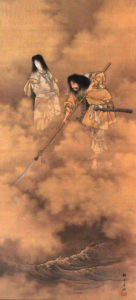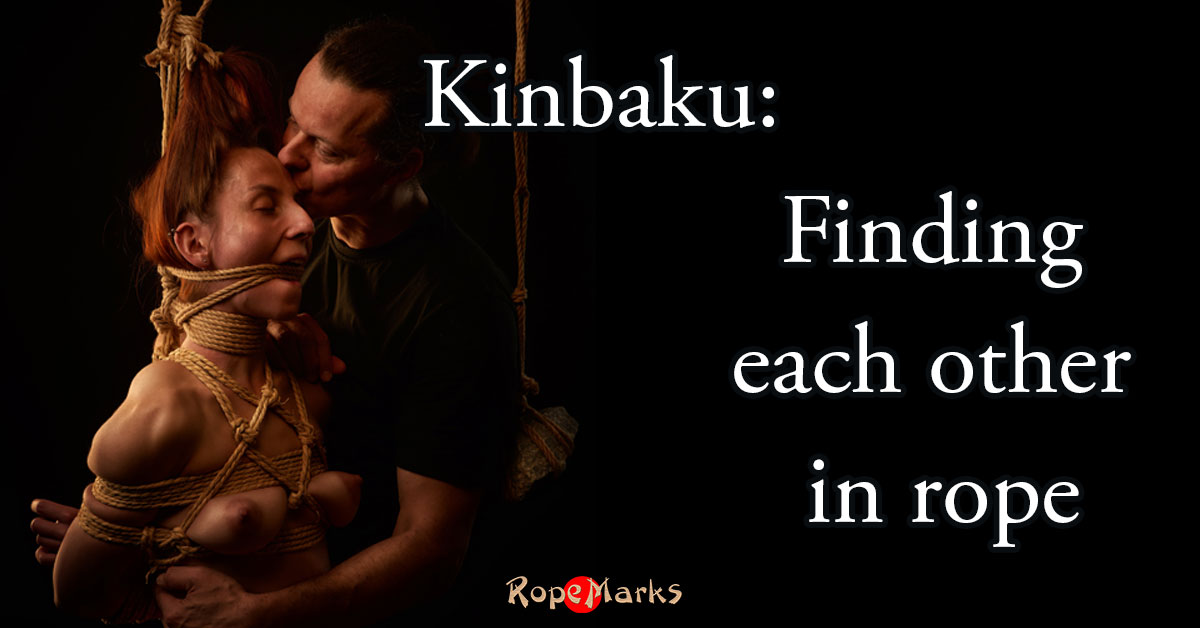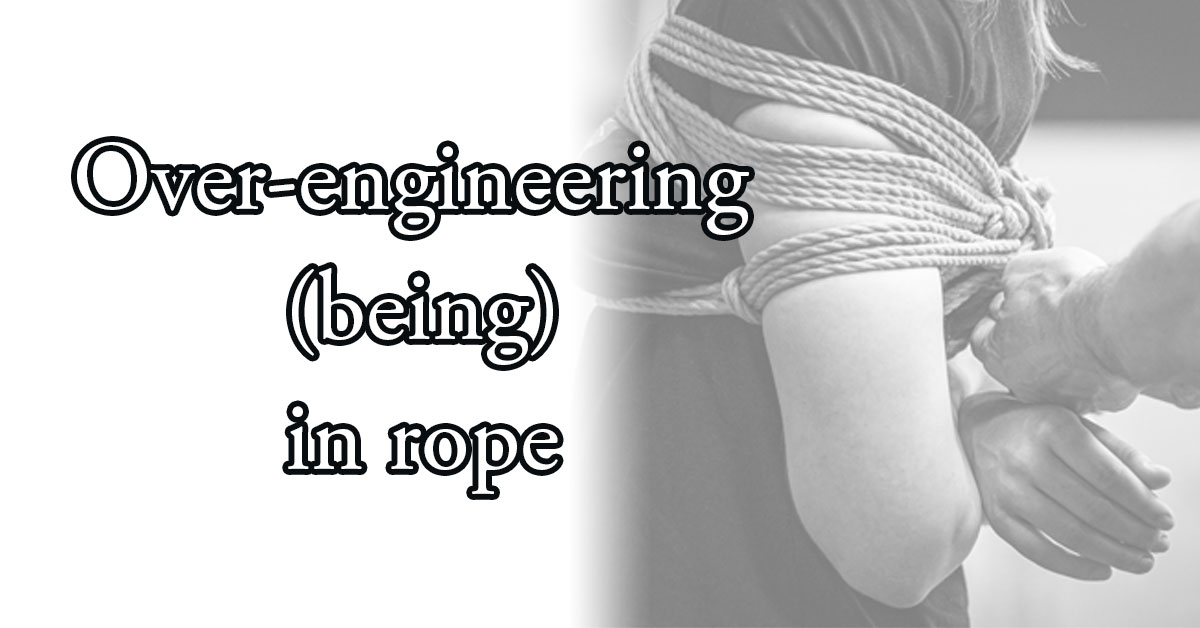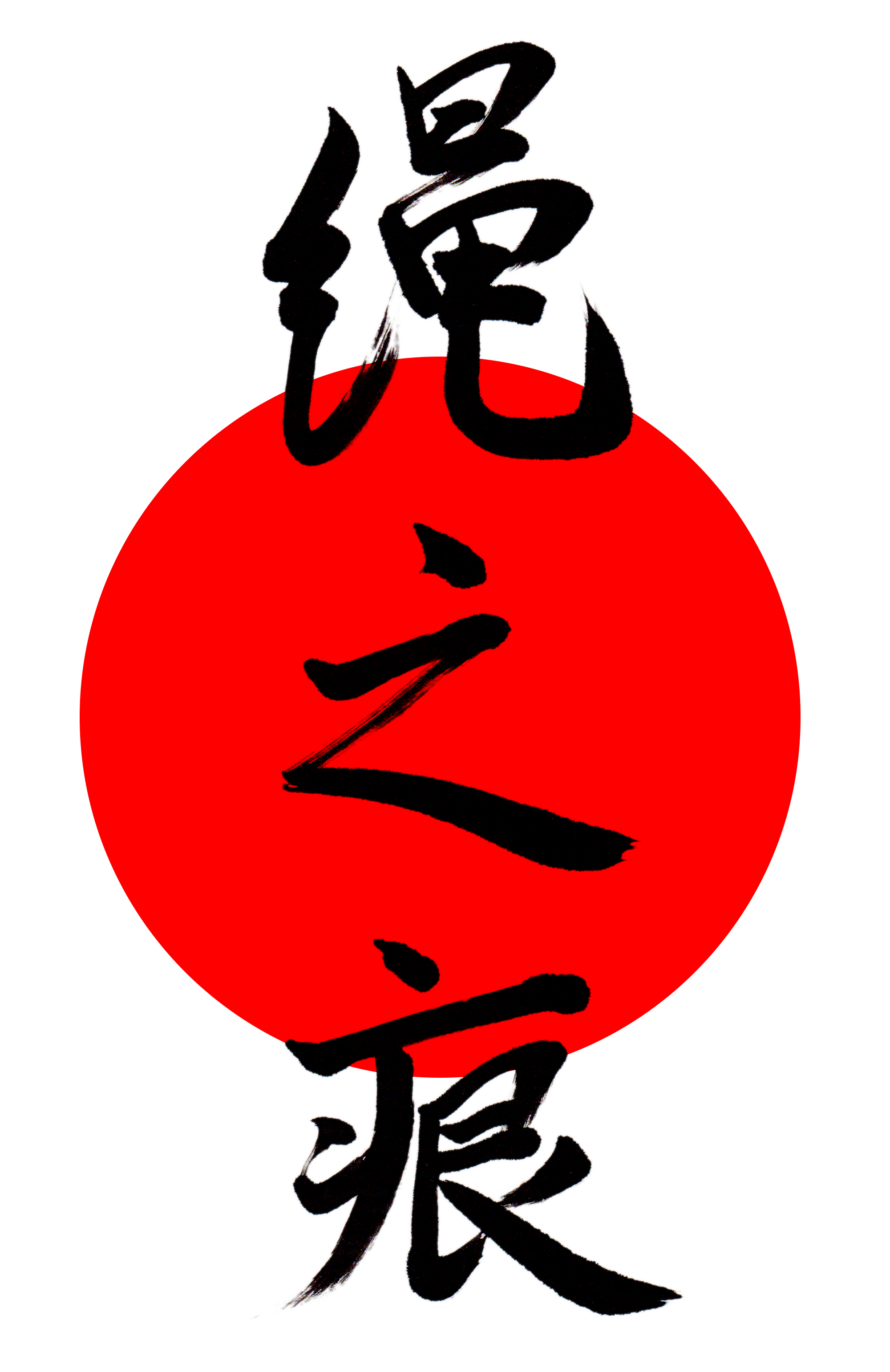The origins of Japanese civilization are buried in legend. The legend, myth, about the origin of Japan can be read in the Kojiki and Nihonshoki.
The Kojiki is one of the most important works of Japanese history because it is the earliest surviving text written in Japan on Japanese subjects. Also the stories in the Kojiki formed a large part of the base of the Japanese self image for years to come.
There are several versions of the story about the origin of Japan. It is told in the Kojiki and in the Nihongi. The Nihongi contains several variations of the story, so that we usually have between four and six versions of the creation myth. Although the details of the creation story are slightly different in each version the overall meaning of the story is reasonably consistent.
The story I present here is a mix of the story in the kojiki and the stories in the Nihonshoki all glued together to have all the mythical elements about the origin of Japan in one easy to read story (or so I hope 🙂 )
Izanagi and Izanami
The primordial deities in the sky ordered Izanagi (he who invites) and Izanami (she who invites) to go down to earth to make something useful of the vast terrestrial realm. But there was nothing down there to sustain them or even provide a platform for their creative mission.
These two deities stood on the Floating Bridge of Heaven (Ame-no-Ukihashi, the bridge between heaven and earth) and looked down into the abyss. They stirred the primeval ocean with a heavenly jeweled spear (Ame-no-Nuboko). Raising the spear and from the salt dripping from it the island of Onogoro-jima (selforming) formed itself.
Upon this island the two deities descended. They set up the heavenly august pillar (Ame-no-Mihashira) and built around it a very wide palace Yahirodono.
Shortly afterwards they desired to marry. They began to move round the pillar Ame-no-Mihashira. Izanagi rounded to the left and Izanami rounded to the right. At the place they met, Izanami exclaimed “How delightful I am to meet with a handsome youth!” (“Ananiyoshi, E Wotoko”) and Izanagi replied “How delightful I am to meet with a Lovely maiden!” (“Ananiyoshi, E Womina”). After spoken thus, they were married.
Their first child Hiruko (waterly child) didn’t have limbs. So they took the child on a boat made of reeds and set the boat adrift. Their second baby Awashima (island of bubbles) was as disappointing as the first. Sorely disappointed Izanagi consulted the gods of heaven (Amatsukami), who told him they were displeased with the two because when they met after circling the column, Izanami spoke first and it should be man who takes precedence over woman. They were to repeat the ceremony. So it happened that the two deities started afresh. Once again they met, and this time Izanagi remarked”How delightful! I have met a lovely maiden.” and Izanami replied “How delightful I am to meet with a handsome youth!”. After spoken thus, they where married again.
Izanami gave birth to healthy children and the great-eight-islands of the Japanese chain, were born:
- Awazi
- Iyo (later Shikoku)
- Ogi
- Tukusi (later Kyushu)
- Iki
- Tusima
- Sado and Yamato (later Honshu)
Izanami continued to give birth to islands (14 in total) and produced various gods (35 in total) such as the god of the sea and rivers, and the god of wind and trees.
Izanami gave birth to the Fire God, Kagu-tsuchi. Izanami was so badly burned that she took sick and eventually stopped moving. Izanagi knelt on the ground, bitterly weeping and lamenting (Crying-Weeping-Female Deity arose out of his tears). But his sorrow availed nothing, he buried her and Izanami crept away into the Land of Yomi-no-kuni, the region of death in the underworld.
Izanagi was in utter despair at the loss of his beloved wife and sister. Drawing his saber sword he cut the head off of his child, Kagu-Tsuchi. From the blood that was clinging to the sword were born numerous deities associated with mountains, rocks, sharp snapping noises and fire.
Izanagi could not live without her and he too went into the Land of Yomi-no-kuni. When he discovered her he greeted her with excitement, saying, “Thine Augustness my lovely younger sister! The lands that I and thou made are not yet finished making; so come back”.
She said regretfully “My lord and husband, why is thy coming so late? I have already eaten of the cooking-furnace of Yomi”.
She asked for time to consult with the deities of the underworld and made him promise not follow her or look upon her. For a long time Izanagi waited. Finally, when she still didn’t come back, took out his many-toothed comb, broke off a piece, lit it and went looking for her. Eventually, in one of the darkest regions of Yomi, the light of his blazing comb fell upon Izanami’s decomposing body, infested with maggots…
He turned to her and exclaimed “Nay! I have come unawares to a hideous and polluted land.” And she replied “Why didst thou not observe that which I charged thee? Now I am put to shame”. Izanagi ran to escape from the cave and Izanami sent the eight Ugly Females of Yomi and fifteen hundred Yomi warriors to destroy him.
Izanagi, while in flight, tore off his black headdress and threw it on the ground toward his pursuers. When it touched the ground it immediately turned into a bunch of grapes that the females were able to feast upon. This delayed them somewhat, but when they finished eating they continued to chase Izanagi.
Izanami saw the eight Ugly Females of Yomi pause and deemed it wise to pursue her lord herself.
Izanagi then grabbed the remainder of his many-toothed comb from his hair and threw it at them. It immediately transformed into bamboo spouts. Again, the Ugly Females of Yomi paused to consume them and this gave Izanagi just enough time to widen the distance between him and them. He kept running, but again his pursuers closed in on him.
By this time Izanagi had reached the Even Pass of Yomi. Here he found three peaches that were growing at the base of the cavern. Picking these peaches, he hurled them at the Yomi warriors, knocking them over. The warriors of Yomi fled back into the caves. Izanagi said to the peaches “Like as ye have helped me, so must ye help all living people in the Central Land of Reed Plains (Japan) when they shall fall into troublous circumstances and be harassed”.
It was here that Izanami herself finally caught up with him. Then Izanagi took an enormous boulder and blocked the path with it. After doing so he faced Izanami on the other side of the barrier and proclaimed the words of divorce.
To this proposal his enraged wife replied “My dear lord and husband, if thou sayest so, I will strangle to death one thousand people every day.” From behind his barrier, Izanagi spoke to his sister and said, “Thine Augustness! If thou do this, I will in one day set up a thousand and five hundred parturition houses (for giving birth). In this manner each day a thousand people would surely be born”.
Feeling ashamed and polluted from what he had just passed through, Izanagi decided to purify himself. Izanagi then went to the plain of Ahagi at Tachibana and purified himself. Through his purification, Izanagi created between nine and fourteen deities.
Izanagi then cleansed his left eye, thereby producing the deity Amaterasu Omi-Kami. Following that, he washed his right eye and produced the deity Tsukiyomi no Mikoto. Finally, he washed his nose, creating the god Susano-o no Mikoto.
Each of these new deities was entrusted with a specific task. Izanagi commanded “Do thou, Amaterasu no Oho-kami, rule the plain of High Heaven; do thou, Tsukiyomi no Mikoto, rule the eight-hundred-fold tides of the ocean plain; do thou ,Susano-o, rule the Sea-Plain”.
At the conclusion of these events, Izanagi’s divine task had been accomplished he left for a seclusive place and was never heard of again.
Bob
2007
Note: Some versions of the creation represented Izanami and Izanagi as together generating Amaterasu, Tsukiyomi, and Susano-o. In these accounts, they did so before Izanami received her mortal wound in the process of giving birth to Kagu-Tsuchi.













Leave A Comment